The Florida Seminoles
This unit introduces major themes, events, and individuals in Seminole history using primary sources from the collections of the State Library and Archives of Florida.
The Florida Memory Classroom is designed to help teachers and students use photographs, documents, sound recordings and film footage from the State Library and Archives of Florida to explore history.
Photographs and documents from the State Library and Archives of Florida are placed together with background information.
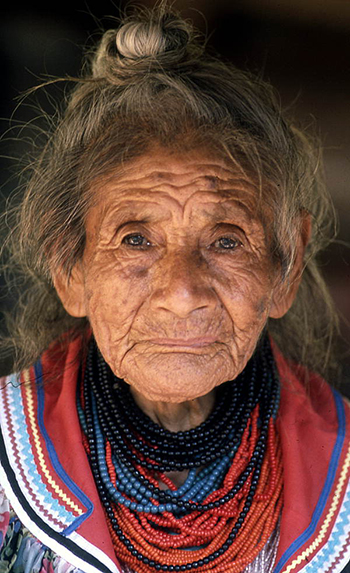
This unit introduces major themes, events, and individuals in Seminole history using primary sources from the collections of the State Library and Archives of Florida.

Read letters, diaries ("I forgot to mention that President Lincoln and some of his cabinet were assassinated on Saturday night.") and official records.
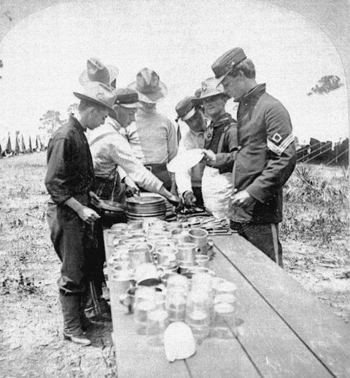
Florida, the closest state to the Caribbean and home to a large Cuban immigrant population, became the setting for much of the action in Cuba's fight for independence from Spain.
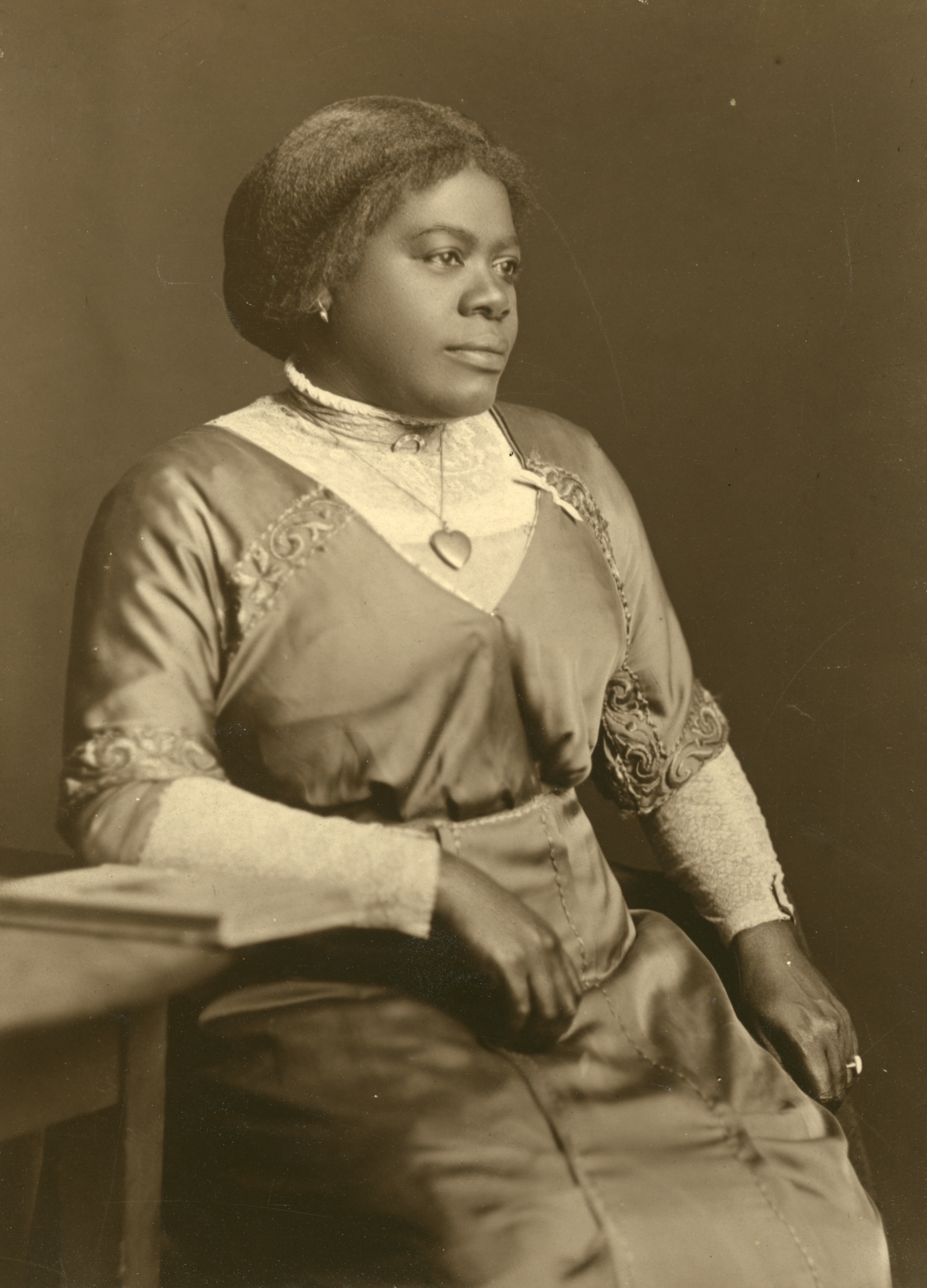
Mary McLeod Bethune founded the Daytona Normal and Industrial School for Negro Girls which is now Bethune-Cookman College in Daytona, Florida. Read the transcript of an interview for an unfinished biography.
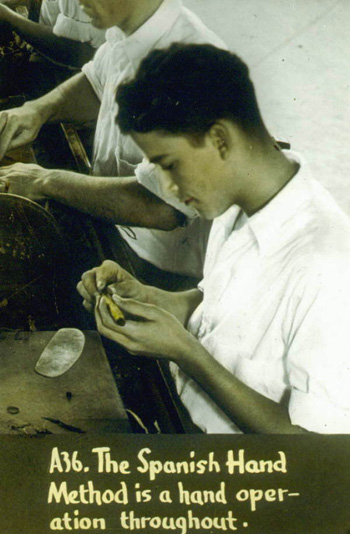
In the decades after the Civil War, cigar making became one of the most important industries in the southeastern United States.
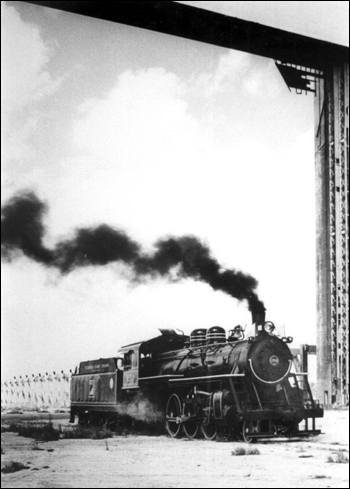
Trains helped to establish new towns and cities in Florida, and served the lumber, phosphate, tourist, manufacturing and agricultural industries.
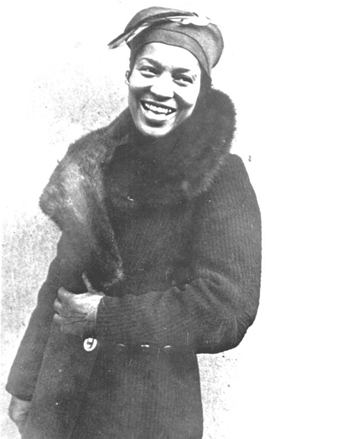
Zora Neale Hurston was already a published writer when she began working for the Florida division of the Work Projects Administration (WPA). In August of 1939, Hurston went on a recording expedition to the turpentine camps in Cross City, Florida.
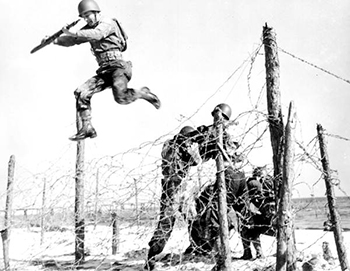
Letters, telegrams, advertisements and brochures depicting life during World War II.
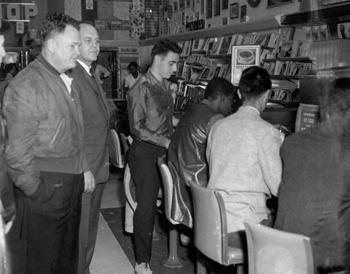
This unit introduces major themes, events, and individuals in the history of the Civil Rights Movement in Florida using primary sources from the collections of the State Library and Archives of Florida.
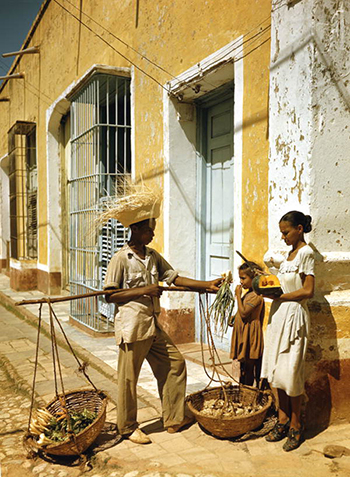
This unit provides insight into the experience of Cuban refugees in Florida using photographs, government documents, letters, videos and interviews.
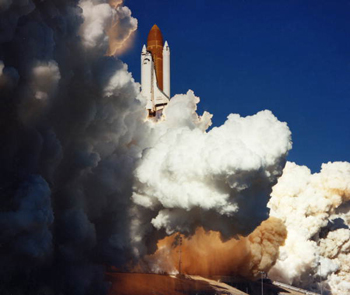
This unit provides an introduction to Florida's involvement in the Space Age through photographs, lesson plans, and exercises.
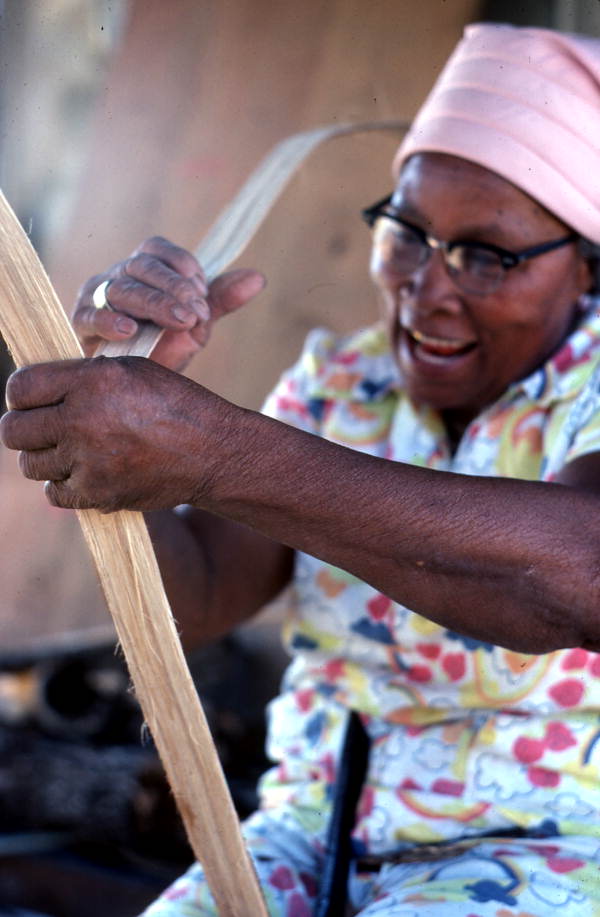
Clark learned to make white oak baskets from her parents. Originally these sturdy baskets were used to hold cotton and carry vegetables.
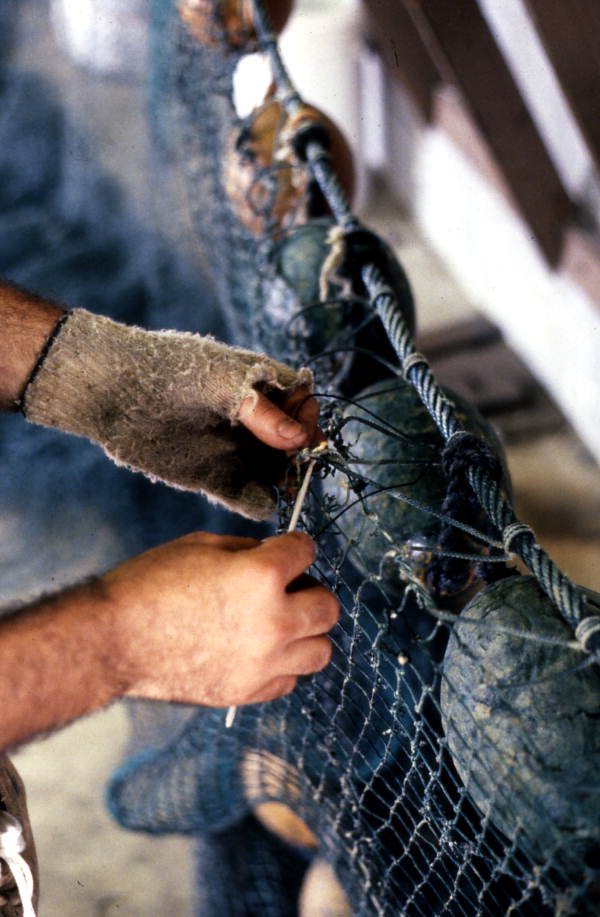
Longtime net maker and Fernandina resident Billy Burbank III discusses the history and practices of the net making trade.
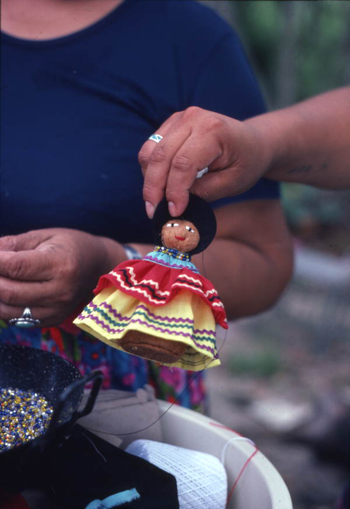
Seminole doll maker Mary B. Billie and her daughter, Claudia C. John, discuss the history and practices of Seminole doll making.
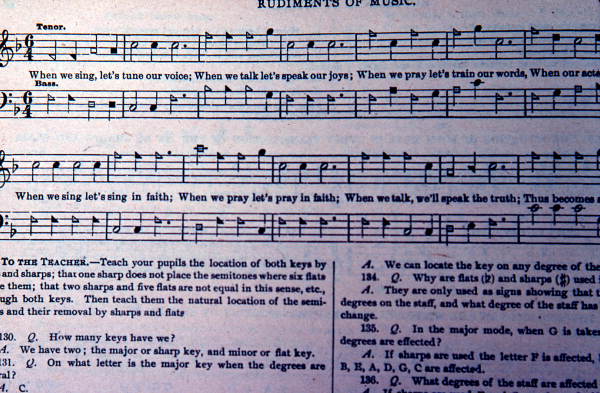
Floridians have been singing from shape note books like The Sacred Harp since the mid-19th century.
Using primary source documents gives students the power to analyze history as historians do.
Primary sources are created in the moment of the historical event being studied. These primary source sets contain documents and photos arranged by topic that teachers can use in their lesson plans. Each set is accompanied by a teacher's guide containing historical context, teaching suggestions, and relevant NGSSS and Florida Standards.
Reverend C. K. Steele and Reverend H. McNeal Harris (pastor of Bethel AME church) protested segregated seating on Tallahassee city buses by sitting in the middle instead of at the back of the bus.
Read MoreIn June 1961 Interfaith Freedom Riders challenged segregated interstate buses by traveling from Washington, D.C. to Tallahassee, Florida.
Read MoreIn the summer of 1959, the Congress of Racial Equality (CORE) organized the Miami Interracial Action Institute and taught attendees principles of non-violent direct action to combat inequality in the South.
Read MoreFrom 1972 to 1982, Florida lawmakers addressed the question of whether to ratify the Equal Rights Amendment (ERA). The amendment proposed that "Equality of rights under the law shall not be denied or abridged by the United States or any State on account of sex." Floridians' response to the ERA mirrored the national divide over the amendment's message on gender equality.
Read MoreFlorida History Day is an annual statewide activity sponsored by the Museum of Florida History. These archival resources relate to this year's theme.